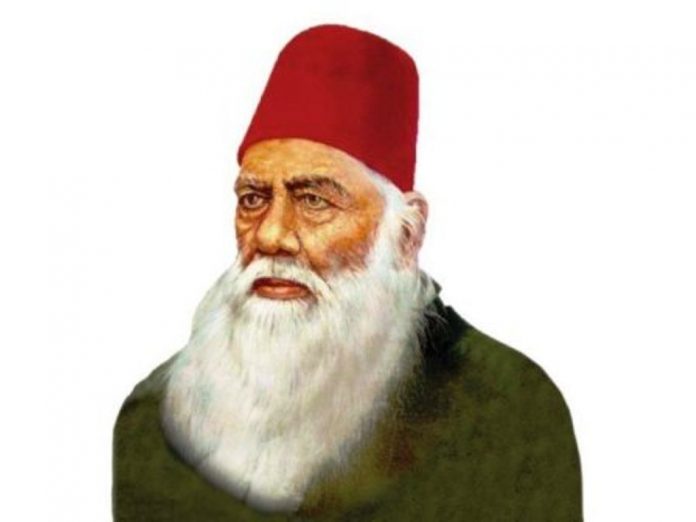By Professor Mohammed Kalimuddin Ahmed for TwoCircles.net
If we look at the happenings of last few years, it has somehow shaken the spirits of the Muslim community. Indian Muslims are very much confused; the despondency can be seen among them. It may be aptly described by the couplets of Akbar Allahabadi:
Ham aah bhi karte hain to ho jaate hain badnam
Vo qatl bhi karte hain to charcha nahin hota
How to come out from this present dispensation especially at a time when even the sane voices are branded as anti-nationals, when the social fabrics are tearing apart, and the ghettoisation of communities are furthering?
When the Rath Yatra of L K Advani was taken out from Somnath on 25th Sep 1990, it was then perceived to be a political move to counter the implementation of Mandal report by the then Prime Minister V P Singh. But this Yatra communalised the whole country and as a result, massive destruction in terms of human lives and property took place and it culminated into the demolition of Babri Masjid on Dec 6, 1992.
I had then naively thought that this communal frenzy would be short-lived but even after 25 years of demolition still, politicians are able to invoke religion to polarise and win.
I think at this juncture the only way out is to avoid confrontation and work for the coexistence. It’s time to invest in education in a big way and seriously work in order to improve the educational standard of the community without waiting for the ‘messiah’ who would come and rescue the community. Allama Iqbal rightly pointed:
Afrad ke hathon me hai aqwam ki taqdeer
Har fard hai millat ke muqaddar ka sitarah
I further quote here from the collections of Sir Syed:
…I assure you that the only thing which can raise you to a high rank is high education. Until our nation can give birth to highly- educated people it will remain degraded; it will be below others, and will not attain such honour as I desire for it….. Sir Syed.
The mission of Sir Syed is even relevant today. Many commissions/ committees like Gopal Singh (1980), N. C. Saxena (1982) and Sachar Committee have clearly reported the educational backwardness and pathetic condition of Indian Muslims.
The recently published “All India Survey of Higher Education” (AISHE-2017) by MHRD, Govt. of India should be an eye-opener for the community. I mention in the following table the population versus representation in terms of students, teaching and non- teaching staff of SC, ST, Muslims and other minorities in the institutions of higher education in the country. The details can be found on the webpage of the ministry.
Table: Population versus Representation
| Category | Population (%) | Representation (%) | ||
| Students | Teaching Staff | Non-Teaching Staff | ||
| SC | 16.6 | 14.3 | 8.3 | 13.7 |
| ST | 8.6 | 5.2 | 2.2 | 3.9 |
| Muslim Minority | 14.2 | 4.9 | 4.9 | 3.3 |
| Other Minorities | 5.8 | 2.2 | 8.9 | 3.2 |
The irony is that even many governmental schemes for the welfare of the minorities are untapped. The information for such schemes must be spread out with the help of NGOs and local volunteers. Vulnerable sections face difficulty even in opening a bank account, getting bank loans, filling/ applying online to avail government schemes. In order to integrate the largest minority of the country into the mainstream, it’s our shared responsibility to ensure the implementation of earmarked governmental schemes.
Further, if the Zakat money of every locality is channelized properly, we can have decent schools for the marginalised sections everywhere. By this way, we can work towards building a literate India.
The author is a Professor at the Department of Mathematics, Aligarh Muslim University.


